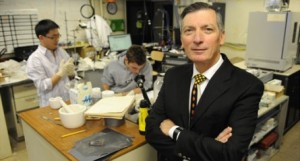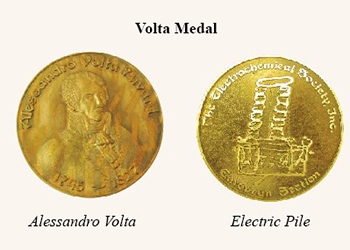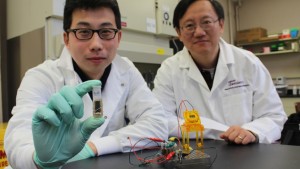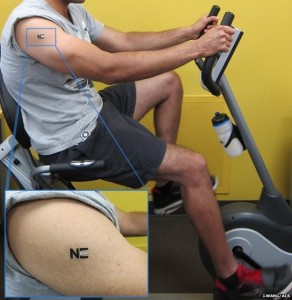
Sadoway’s research seeks to establish the scientific underpinnings for technologies that make efficient use of energy and natural resources in an environmentally sound matter.
Credit: MIT
Donald R. Sadoway – a prominent member of The Electrochemical Society and electrochemist at the Massachusetts Institute of Technology in Cambridge – has led a team of researchers at MIT to improve a proposed liquid battery system that could help make sources of renewable energy more viable and prove to be a competitor for conventional power plants.
This from MIT News:
Sadoway, the John F. Elliott Professor of Materials Chemistry, says the new formula allows the battery to work at a temperature more than 200 degrees Celsius lower than the previous formulation. In addition to the lower operating temperature, which should simplify the battery’s design and extend its working life, the new formulation will be less expensive to make, he says.




